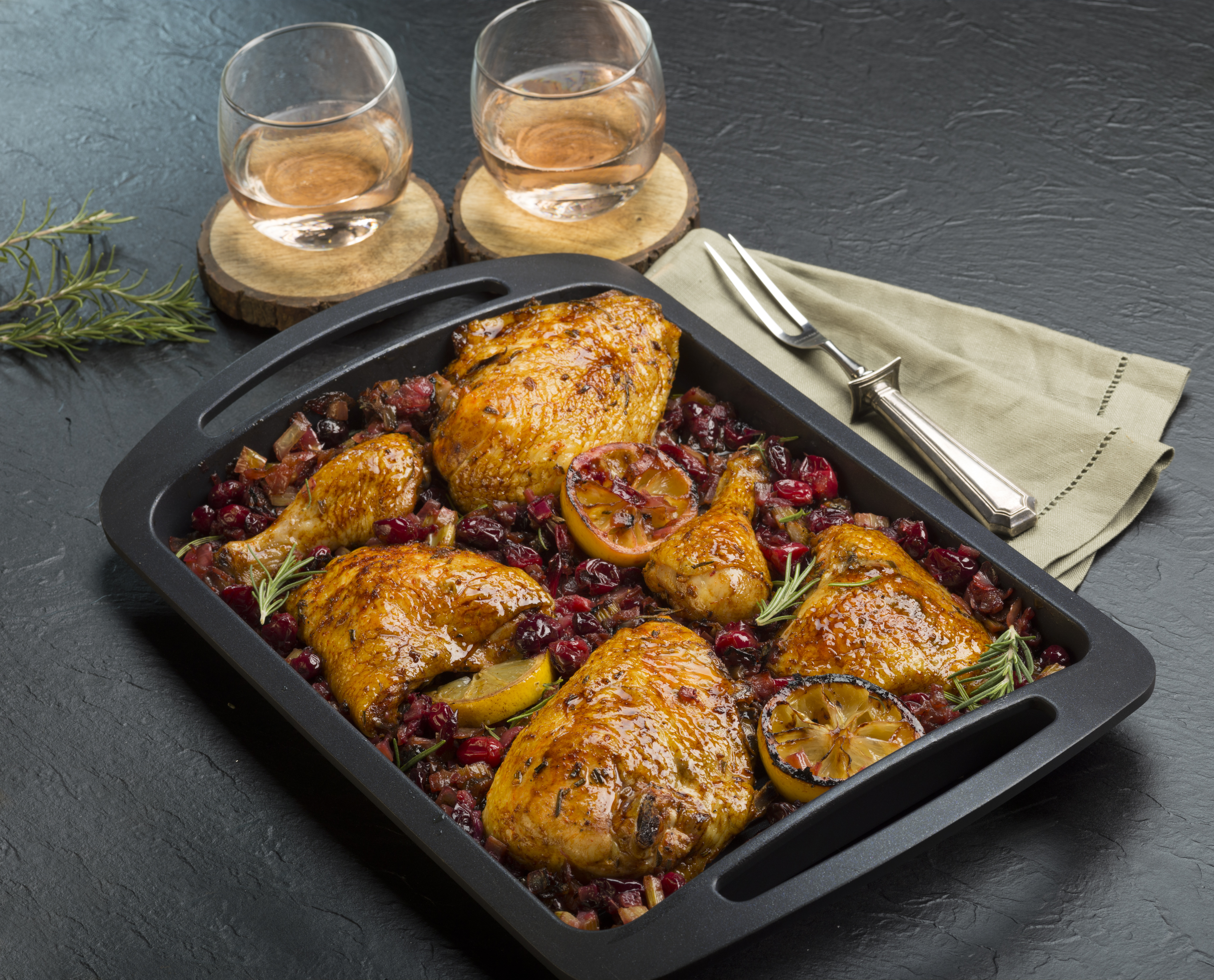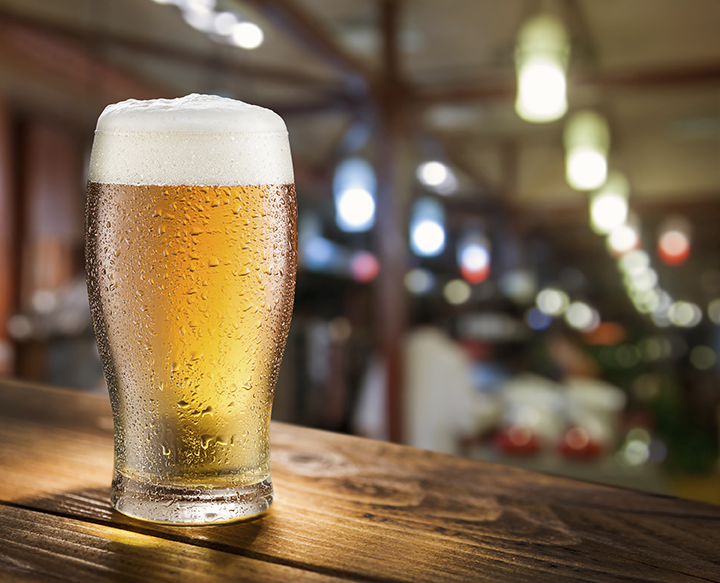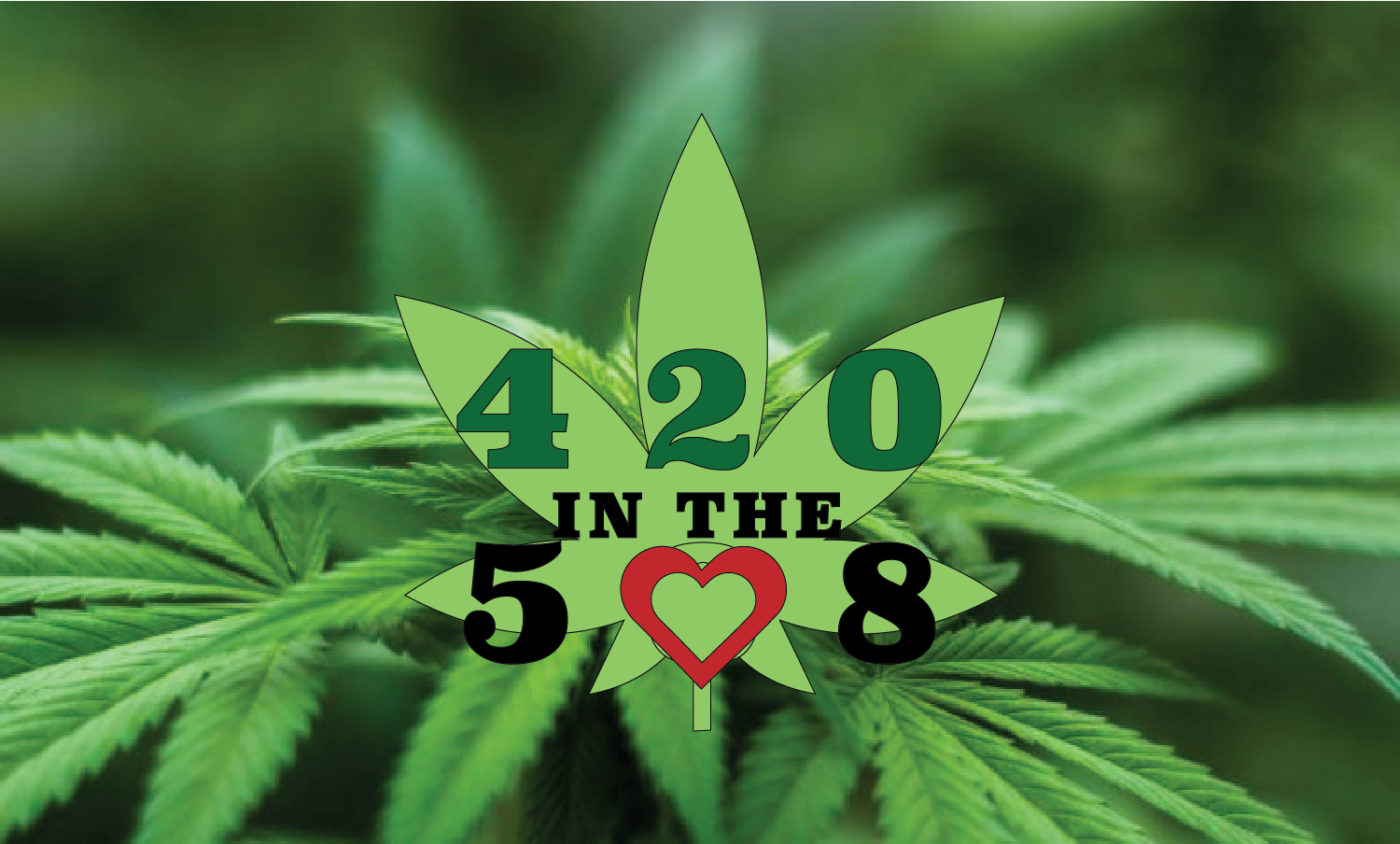
December is the best month of the year – unless you’re trying to eat healthfully. Delicious food can be good for you, and butter is your friend – at least that’s what Olympic runner Shalane Flanagan and Chef Elyse Kopecky say in their new book, Run Fast Eat Slow (Rodale Books). Whether you’re a serious athlete like four-time Olympian Flanagan or an amateur runner like Kopecky, each recipe in this book is expertly crafted to make sure runners – and average athletes – get the nourishment and nutrients their bodies need to succeed and recover. Each ingredient – including butter – is used with purpose, as the authors rely on the natural flavors and vitamins of real, fresh food to stay healthy.
Flanagan and Kopecky include a look into their pantries, which are stocked with the basic ingredients needed to complete the recipes, along with an explanation as to why each ingredient is important. My favorite part of the book is the last chapter, “Runner’s Remedies.” As previously mentioned, the women use each ingredient as a means to nurture the body, so head to this chapter if you’re suffering an ailment and find a list of recipes to help you heal. Suffering from burnout or stress? Try the bacon-wrapped stuffed chicken, sweet potato fries or double-chocolate Teff cookies (see, bacon does make everything better!). According to the authors, most athletes don’t look in the kitchen when struggling with ailments, but it should be the first place they look; nourishing food can be a runner’s first line of defense for preventing and overcoming common aches and pains.
For those who want to add some class to the holidays by drinking wine rather than guzzling eggnog, but don’t know the first thing about wine etiquette, Jamie Goode’s latest book I Taste Red (University of California Press) is a must-read. Goode’s book is a very in-depth analysis on how wine tasting works, exploring how our sensory system, psychology, philosophy and flavor chemistry all play a central part in our perception and enjoyment of wine. Though at times I felt the book was a little too scientific, it helped me understand more of what to look, smell and taste for when drinking wine.
When my boyfriend and I went on our first date, I remember teasing him for the way he tasted his wine (carefully selected to complement his dinner) – sniff, swirl, sip, swallow – all done with purpose. I sipped my wine, which totally didn’t match the food I ordered, slowly, rather than gulping it down like I usually did, so he didn’t think I was a complete loser. That night was not just the beginning of our great relationship, but my newfound love for good wine and wine-tasting. While I have since learned that sniff-swirl-sip-swallow is a great way to experience wine, Goode’s book gave an explanation as to why – because there are many different sensory and psychological factors that shape our experience of tasting wine.
Note to readers – make sure you have a bottle of red on hand; this book will make you thirsty.
By Kimberly Dunbar






